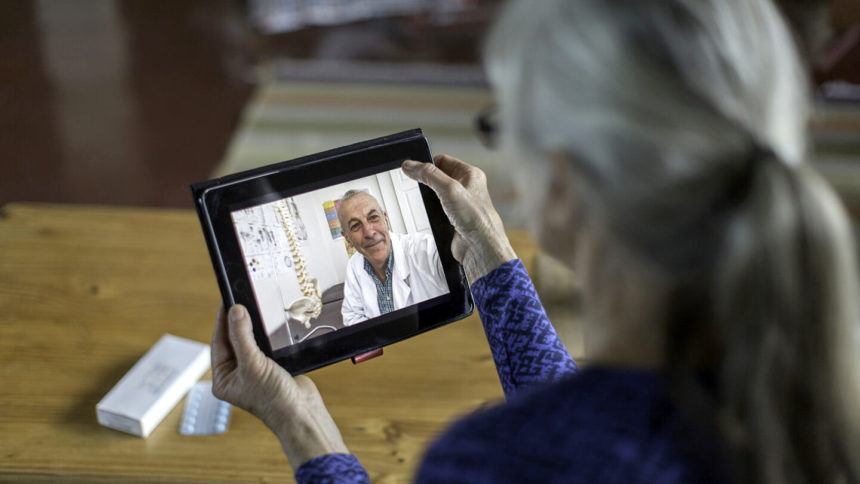
Despite the growing use of telehealth across the United States, especially during the COVID-19 pandemic, many doctors, nurses and other health providers remain reluctant to use it when dealing with medical issues affecting older adults.
A large national survey of more than 7,000 healthcare providers conducted by the West Health Institute in San Diego found more than 60% of clinicians believe that the use of telehealth is “dangerous” for older adults because of their complex medical needs. The survey also found that 63% of clinicians felt telehealth was unrealistic for many older adults because of their physical or cognitive challenges.
“I was shocked that so many clinicians believe it’s not safe to use remote care with seniors who have complex medical histories or disabilities,” Liane Wardlow, PhD, senior director of Clinical Research and Telehealth at West Health and a lead author of the study, said in a news release. “Our telehealth infrastructures must be designed to account for these factors. The greatest danger of all would be to exclude older patients from remote care.”
Fifty-three percent of survey respondents reported using telehealth to serve older adults in hospitals/inpatient facilities; 47% in long-term care/skilled nursing facilities and outpatient clinics; 33% for home-based care; and 14% at assisted/independent living facilities.
On the positive side, 65% of respondents reported their telehealth program utilized at least one age-friendly practice, and 68% of clinicians say they “often” or “always” work to ensure older adults and their caregivers are prepared for and understand what to expect from a telehealth encounter.
Researchers say the findings point to the need for improved training so providers better understand the benefits and limitations of telehealth, and how to get the most out of telehealth when using it with older adults.
“These findings tell us loud and clear that healthcare providers need better support, more education and specialized guidelines to provide effective and equitable telehealth to older patients,” said Wardlow, a founding member of the Collaborative for Telehealth and Aging, in the release.
The study was published online Dec. 9 in the journal Telemedicine and E-Health.




